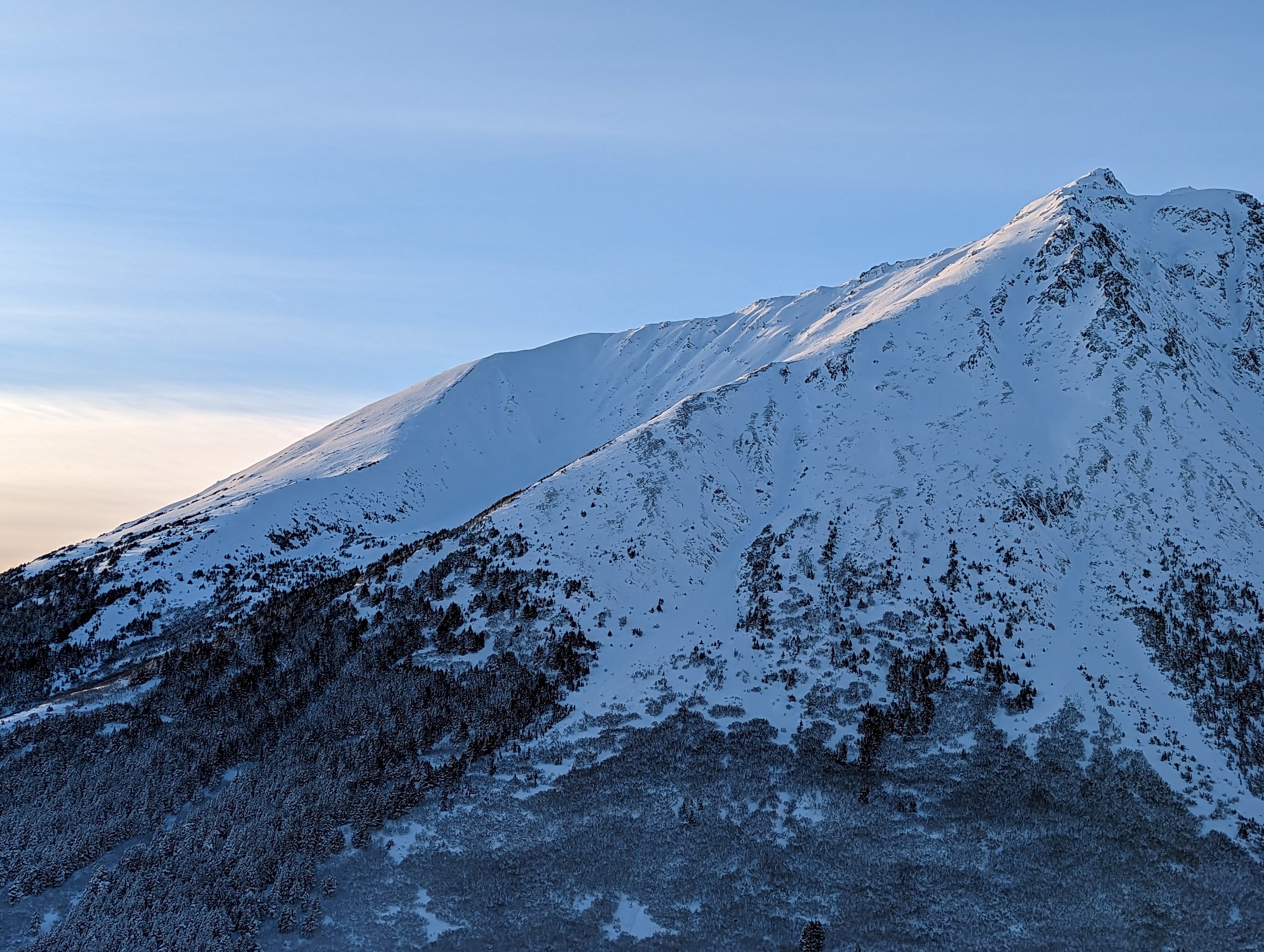Turnagain Pass
|
|
The avalanche danger is CONSIDERABLE above 1000′ today. Based on new reports yesterday, large human triggered avalanches 2-3′ deep on a weak layer of sugary faceted snow are possible today. Remote triggered avalanches are also a concern, which means you can trigger an avalanche from flat terrain and have it release on steeper terrain above, to the sides, or below where you are travelling. Conservative terrain selection is recommended. Below 1000′ the avalanche danger is MODERATE.
PORTAGE/PLACER: This area just opened to motorized use on Friday, so we have zero avalanche information from this zone. Please approach the mountains with caution and share your observations with us!!!
Chugach State Park: A large avalanche in the Hiland Road area was reported Thursday, which had very wide propagation on Harp Mountain. This is a strong indication that a persistent weak layer exists in the area that could produce more large avalanches.
BECOME A MEMBER IN DECEMBER!
If you use the forecast, we could use your help! Did you know that the best way to support the Chugach National Forest Avalanche Center is to become a member of the Friends, the cost-share nonprofit that supports our efforts? Memberships start at just $20, and every member who joins or renews will be entered to win one of the fabulous prizes from our sponsors. Make your gift today! https://www.cnfaic.org/




